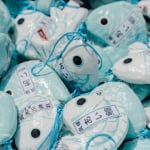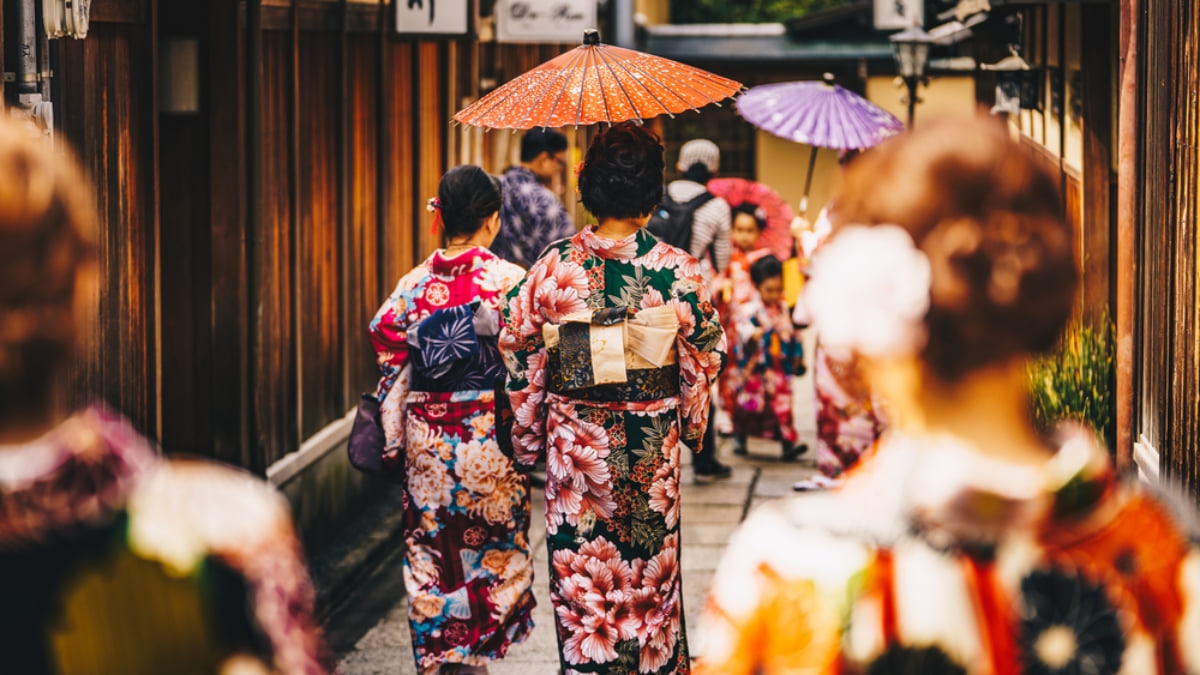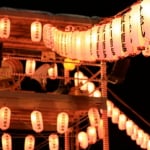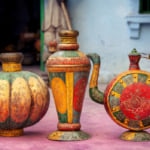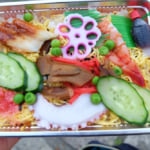Photo by Calin Stan/Shutterstock
Tips on Buying a Kimono or Yukata as a Souvenir in Japan
Elegant, versatile, and distinctly Japanese, kimonos are among the most cherished souvenirs from Japan. These traditional garments have been worn for centuries, serving as both everyday attire and outfits for special occasions, ensuring their timeless appeal. However, finding the right kimono can be a bit daunting, as your choice should reflect when and where you plan to wear it. Here are our top tips for discovering the perfect kimono during your visit to Japan.
table of contents
[x] close
Tips on Buying a Kimono or Yukata as a Souvenir in Japan
Material and Price
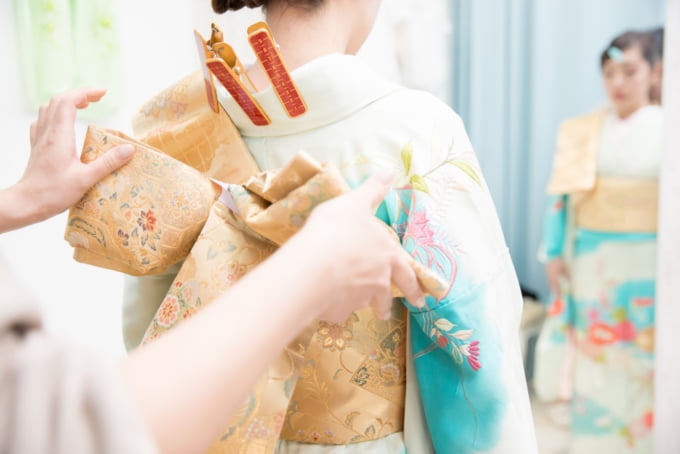
Photo by buritora/Shutterstock
Kimonos are often seen as a luxury item, especially the formal silk varieties worn by maiko (apprentice geisha), which can cost over $1,000. The obi (sash) can be even pricier, and these kimonos require extra care, needing to be taken apart for cleaning and stored carefully. Typically, fine silk kimonos are reserved for special occasions, like the kuro-tomesode — a striking black kimono with intricate patterns along the hem, worn by married relatives of the bride at weddings.
However, if you’re looking for something more affordable, everyday kimonos and yukatas offer a fantastic option. These come in a variety of materials, including cotton, linen, and even synthetic fabrics like polyester. You can snag a brand new cotton yukata for as little as $15, while a semi-formal cotton iromuji (a solid-colored kimono) suitable for tea ceremonies might set you back around $100. When shopping, keep an eye out for machine-washable styles and steer clear of synthetic materials, as they can wear out quickly, trap heat, and require more washing. Happy kimono hunting!
Pattern and Style
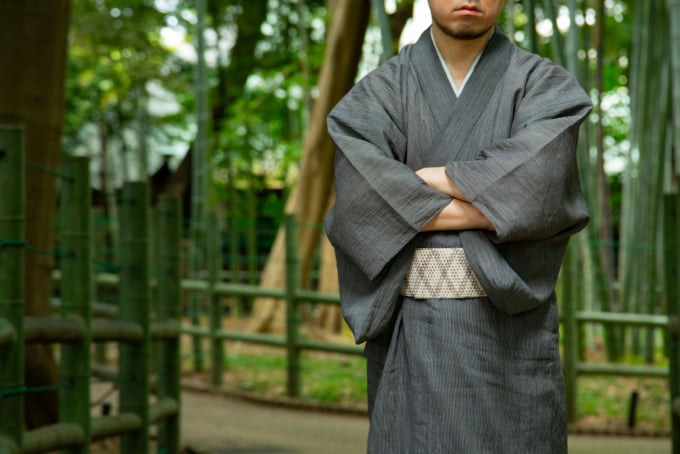
Photo by photoNN/Shutterstock
When selecting a color or pattern for your first casual yukata or kimono, think about choosing something that reflects your personal style. A bright, floral kimono may look stunning on the mannequin, but if your wardrobe mainly consists of blue tones, wearing something so different might feel a bit uncomfortable. Fortunately, today’s market offers a fantastic variety of traditional garments in numerous materials and patterns to match every taste, ranging from modern feline designs and classic blue florals to denim kimonos and striking black and red yukatas.
For men's kimonos and yukatas, the palette typically leans towards dark, muted colors like black, blue, maroon, dark green, and gray. Traditionally, solid colors or simple, repeating patterns like stripes were common. However, modern men’s casual kimonos now feature a wide array of intriguing patterns, allowing for more personal expression while still honoring tradition..
When and Which Kimono to Wear

Photo by Phattana Stock/Shutterstock
Yukata are a fantastic choice for anyone new to traditional Japanese clothing. They’re fun, casual, and incredibly easy to wear, with some brands even offering pre-tied obi (sashes) and two-piece options to simplify the process. The best occasions to don a yukata in Japan are during summer festivals and fireworks displays (hanabi taikai). Some places, like the Sumida Aquarium in Tokyo, even encourage visitors to wear them during the summer. Many people enjoy wearing yukata or kimono while exploring historic areas, such as the charming streets of Kyoto's Gion or the teahouse districts in Kanazawa. In these cases, renting a kimono or yukata upon arrival is often more convenient than purchasing your own.
Kimonos are worn less frequently because they tend to be more expensive and require additional undergarments, plus tying the obi can be tricky. However, many still enjoy wearing kimonos for special outings. You’ll often see various styles of formal kimonos at graduation ceremonies, weddings, funerals, tea ceremonies, and traditional coming-of-age celebrations like Seijin no Hi and Shichi-Go-San.
Among women's kimonos, the iromuji (a plain, solid-color kimono that isn’t black) is the most versatile, suitable for both formal and casual occasions. Overall, traditional Japanese clothing is worn much less by men compared to women, no matter the event.
Where to Buy Kimono
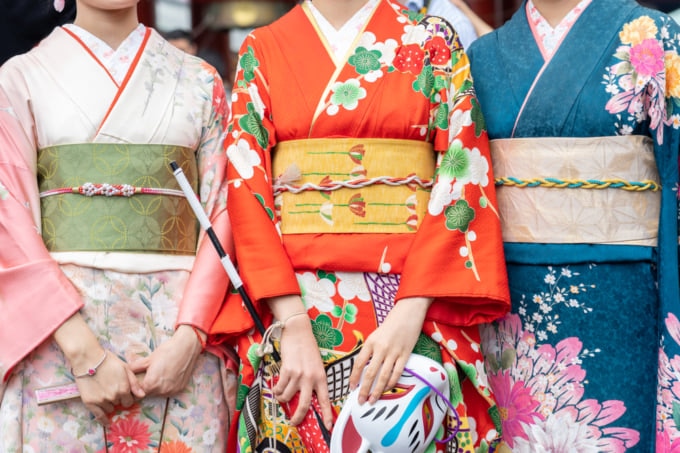
Photo by supawat bursuk/Shutterstock
Where to buy a kimono depends on what you’re looking for. For high-quality options, check out reputable makers or department stores. If you're after vintage or used kimonos, flea markets and second-hand shops are worth exploring, though quality can vary. Many tourist-oriented kimono rental shops also sell affordable yukata and kimono.
For the best selection, online stores like Kimonomachi in Kyoto are great options. Since kimonos and yukatas are sized by height rather than dress size, finding the right fit is straightforward. If you can’t read Japanese, most browsers offer translation tools to help you check sizes and materials and enter your hotel address for shipping. Happy shopping!
In Conclusion
Traditional kimonos and yukata are not just garments; they’re a beautiful piece of Japanese history and culture that you can bring home with you. When worn and appreciated the right way, there’s no reason you shouldn’t wear one while wandering through the historic districts of Tokyo, Kyoto, and beyond. So, when the time comes to pick out your very own, keep these tips in mind to ensure you find the perfect fit that resonates with your style!
